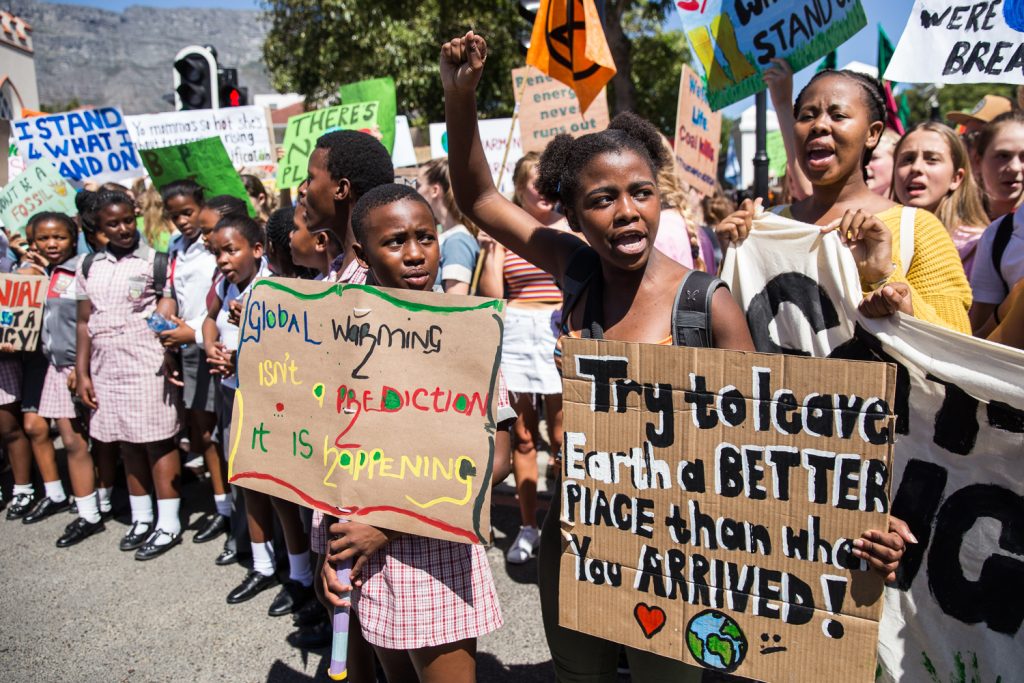The 27th Conference of Parties, or COP27, is the 27th annual conference that brings together the 197 countries (parties) to discuss climate change agreements. The conference is being held in Sharm El-Sheikh, Egypt, this year.
COP events promote collaboration on climate action among government officials, private and non-profit sector leaders, climate experts, environmental activists, and observers from around the world.
Some of the most well-known climate change actions, such as the Paris Agreement on reducing greenhouse gas emissions, were made during the annual conference, specifically COP21, which took place in Paris in 2015.
COP 27 is an excellent opportunity to address serious climate threats, loss, and damage, as well as to negotiate how different members of the parties can take part.
What will be discussed this year in COP27
This year’s conference will focus on global adaptation and the adequacy of adaptive response to the Paris Agreement’s temperature goal.
The discussion will focus on how global temperatures are rising and what actions should be taken, as rising temperatures have aggravated many natural disasters such as storms, heat waves, floods, and droughts.
The conference will also discuss how the private sector can help unlock climate adaptation financing. This session will go over ways to overcome barriers to adaptation finance, which will be discussed at the side event.
This topic will also focus on long-term financing for climate adaptation in agriculture, as well as vulnerable beneficiaries.
Youth is included among many other topics. The conference will address the issue of creating green jobs for youth in accordance with the ‘Green Jobs for Youth Pact’ developed by UNICEF and Generation Unlimited.
Youth leadership to finance and accelerate global climate action solutions will be one of several topics discussed at this year’s COP. This session will emphasize the value of youth leadership in accelerating climate action on the ground.
It will bring together young climate leaders, UN experts, civil society, the private sector, youth constituencies, and national governments to co-create solutions to close the funding gap for youth.
What we should expect from COP27
Many agreements have been reached in the past, but many climate-related organizations have stated that they have yet to be implemented.
Agreements from governments and others to reduce emissions, increase climate finance, and reduce deforestation, among other things, remain unclear.
COP27 is taking place at a crucial moment in history, as disasters have been raging in many parts of the world.
From African floods to extreme heat in India and the United Kingdom, it is safe to say that this will be an excellent opportunity to address the causes and provide adequate solutions.
The World Resource Institute predicts that this year’s conference will emphasize accountability and solidarity.
As a result, it is reasonable to expect previous commitments to be fulfilled before making new commitments.
This year, wealthy nations should demonstrate long-overdue solidarity and accountability by addressing the suffering and economic pain that falls on vulnerable countries and marginalized communities that have had less impact on the current situation.
It is critical that these countries keep their promises. As an example, In 2009, wealthy countries pledged to provide $100 billion in climate finance to vulnerable countries each year from 2020 to 2025.
However, according to the United Nations Environment Programme, they will only deliver $83.3 billion by 2020. COP27 should be used to hold these countries accountable and ensure that agreements are followed.
This year should also be a chance for countries to address the loss and damage caused by severe droughts and rising sea levels, which have rendered communities unable to recover. The parties should provide adaptation plans and propose ways to finance them.
The COP should not only focus on emissions this year; the parties should also focus on climate adaptation and provide appropriate policies to assist vulnerable communities and youth who are facing the consequences of loss and damage.





